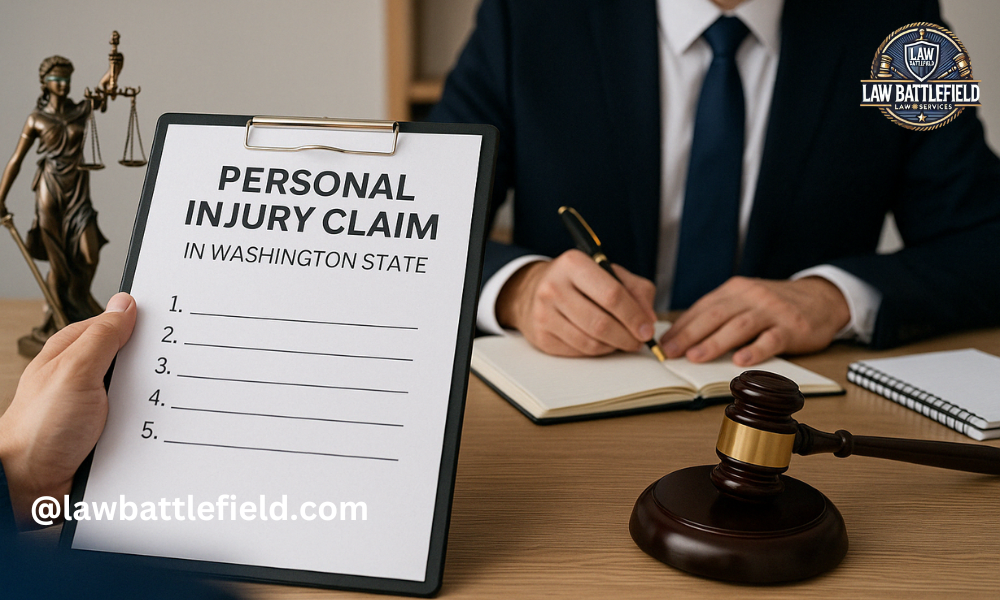Filing a personal injury claim in Washington State can feel overwhelming. You deserve justice, and understanding the steps is key. First, gather all evidence related to your injury, like photos and witness statements. Timely action is crucial since Washington has a three-year limit for filing these claims. Next, notify the responsible party and their insurance. Clear communication sets the stage for a potential resolution.
Consulting with professionals can further guide you. For example, consider reaching out to MurphyTrialLaw for trusted advice. Their expertise can help you navigate the complex court system. Be ready to share medical records and expenses, as these documents strengthen your claim. Lastly, understand that each case is unique. Focus on what you can control. Trust in the process, seek support, and take confident steps forward to achieve the outcome you deserve. Your well-being and recovery are the priorities.
Understand The Limits
Washington State law sets a three-year deadline for filing personal injury claims. This means you need to submit all necessary documents within this period to seek compensation effectively. Missing this deadline can result in losing the right to claim. It’s important to act promptly and keep track of all relevant dates.
Key Steps To Follow
Acting efficiently helps your case. Here are the essential steps:
- Gather Evidence: Collect all evidence related to your injury. This includes photos, witness statements, and any police reports.
- Notify Involved Parties: Inform all responsible parties and their insurers about your claim. Open and clear communication can facilitate settlement discussions.
- Consult Experts: Professional legal advice can make a big difference. Reach out to reliable sources like Washington State Courts or Washington State Attorney General for guidance.
- Document Injuries: Keep detailed records of medical visits and expenses. These papers are essential for demonstrating the impact of the injury.
Comparing Settlement And Court Trials
Understanding your options can help you make informed decisions. Here’s a comparison of settlements and court trials:
| Aspect | Settlement | Court Trial |
| Time | Usually faster | Can be lengthy |
| Cost | Generally lower | Potentially higher |
| Flexibility | More negotiation room | Determined by judge |
| Outcome Certainty | Agreed terms | Unpredictable decision |
Prepare For Negotiations
Successful claims often depend on effective negotiation. Prepare by understanding the extent of your injuries, the costs incurred, and the future impact on your life. Approach negotiations calmly and assertively, with the support of documentation and professional advice.
Filing Your Claim
If you can’t reach a settlement, you may need to file a lawsuit. This involves submitting a formal complaint to the court, detailing why the other party is at fault. Ensure all your documentation is complete and accurate. You may need professional assistance to handle legal complexities.
After Filing
Once you file your claim, the legal process begins. Be prepared for multiple steps, including responding to counterclaims, attending court sessions, and possibly giving testimony. Stay informed and actively involved in your case. Remember, persistence is key to achieving justice.
Conclusion
Filing a personal injury claim in Washington State involves several critical steps. Gather evidence promptly, seek professional advice, and stay organized. Each case is unique, and navigating the process requires patience and resilience. By understanding your options and following the right steps, you can pursue the compensation you deserve and focus on your recovery.
Was this article helpful? Check out more on Lawbattlefield.com





